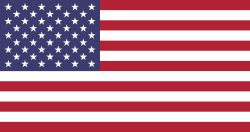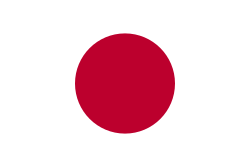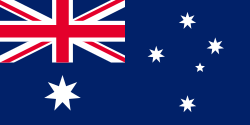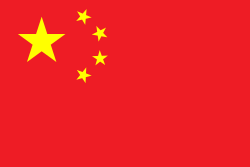Shenzhen Open 2018/Herren/Qualifikation
Dieser Artikel zeigt die Ergebnisse der Qualifikationsrunden für die Shenzhen Open 2018. Für das Turnier der Kategorie ATP World Tour 250 qualifizierten sich vier Spieler, welche in zwei Runden ausgemacht wurden. Insgesamt nahmen 16 Spieler an der Qualifikation teil, die am 22. und 23. September 2018 stattfindet.
Setzliste
|
|
Zeichenerklärung
- Q = Qualifikant
- WC = Wildcard
- LL = Lucky Loser
- ITF = qualifiziert über ITF-Ranking
- ALT = alternate (Ersatz)
- PR = Protected Ranking
- SE = Special Exempt
- r = retired (Aufgabe)
- d = Disqualifikation
- w.o. = walkover
- [ ] = Match-Tie-Break
Ergebnisse
| Erste Runde | Qualifikationsrunde | |||||||||||
| ALT | 7 | 6 | ||||||||||
| WC | 62 | 3 | ||||||||||
| ALT | 2 | 0 | r | |||||||||
| 5 | 6 | 2 | ||||||||||
| 6 | 3 | 1 | ||||||||||
| 5 | 4 | 6 | 6 | |||||||||
| 2 | 6 | 7 | ||||||||||
| 4 | 63 | |||||||||||
| 2 | 7 | 6 | ||||||||||
| 63 | 2 | |||||||||||
| 6 | 7 | |||||||||||
| 7 | 4 | 5 | ||||||||||
| 3 | 3 | 6 | 7 | |||||||||
| 6 | 3 | 63 | ||||||||||
| 6 | 6 | |||||||||||
| WC | 1 | 1 | ||||||||||
| WC | 3 | 6 | ||||||||||
| 8 | 6 | 6 | r | |||||||||
| 4 | 6 | 6 | ||||||||||
| 3 | 4 | |||||||||||
| 4 | 6 | 6 | ||||||||||
| 6 | 2 | 0 | ||||||||||
| 2 | 7 | 2 | ||||||||||
| 6 | 6 | 5 | 6 | |||||||||
Weblinks
- Offizielle Homepage (englisch, chinesisch)
- Turnierplan Einzel-Qualifikation auf der ATP-Homepage sowie als PDF (englisch)
Auf dieser Seite verwendete Medien
Chinese Taipei Olympic Flag. According to the official website of Chinese Taipei Olympic Committee, Blue Sky(circle) & White Sun(triangles) above the Olympic rings is neither the National Emblem of the Republic of China, nor the Party Emblem of Kuomintang (KMT), but a design in between, where the triangles do not extend to the edge of the blue circle, as registered at International Olympic Committee in 1981 and digitally rendered in 2013. Besides, the blue outline of the five-petaled plum blossom is broader than the red one. Moreover, the CMYK code of the blue one and the Blue Sky & White Sun is "C100-M100-Y0-K0", and different from the Olympic rings (C100-M25-Y0-K0). Note that it's the only version recognized by IOC.
Flag of Canada introduced in 1965, using Pantone colours. This design replaced the Canadian Red Ensign design.
Flag of Australia, when congruence with this colour chart is required (i.e. when a "less bright" version is needed).
See Flag of Australia.svg for main file information.Flagge des Vereinigten Königreichs in der Proportion 3:5, ausschließlich an Land verwendet. Auf See beträgt das richtige Verhältnis 1:2.
Flagge des Vereinigten Königreichs in der Proportion 3:5, ausschließlich an Land verwendet. Auf See beträgt das richtige Verhältnis 1:2.
Chinese Taipei Olympic Flag. According to the official website of Chinese Taipei Olympic Committee, Blue Sky(circle) & White Sun(triangles) above the Olympic rings is neither the National Emblem of the Republic of China, nor the Party Emblem of Kuomintang (KMT), but a design in between, where the triangles do not extend to the edge of the blue circle, as registered at International Olympic Committee in 1981 and digitally rendered in 2013. Besides, the blue outline of the five-petaled plum blossom is broader than the red one. Moreover, the CMYK code of the blue one and the Blue Sky & White Sun is "C100-M100-Y0-K0", and different from the Olympic rings (C100-M25-Y0-K0). Note that it's the only version recognized by IOC.










